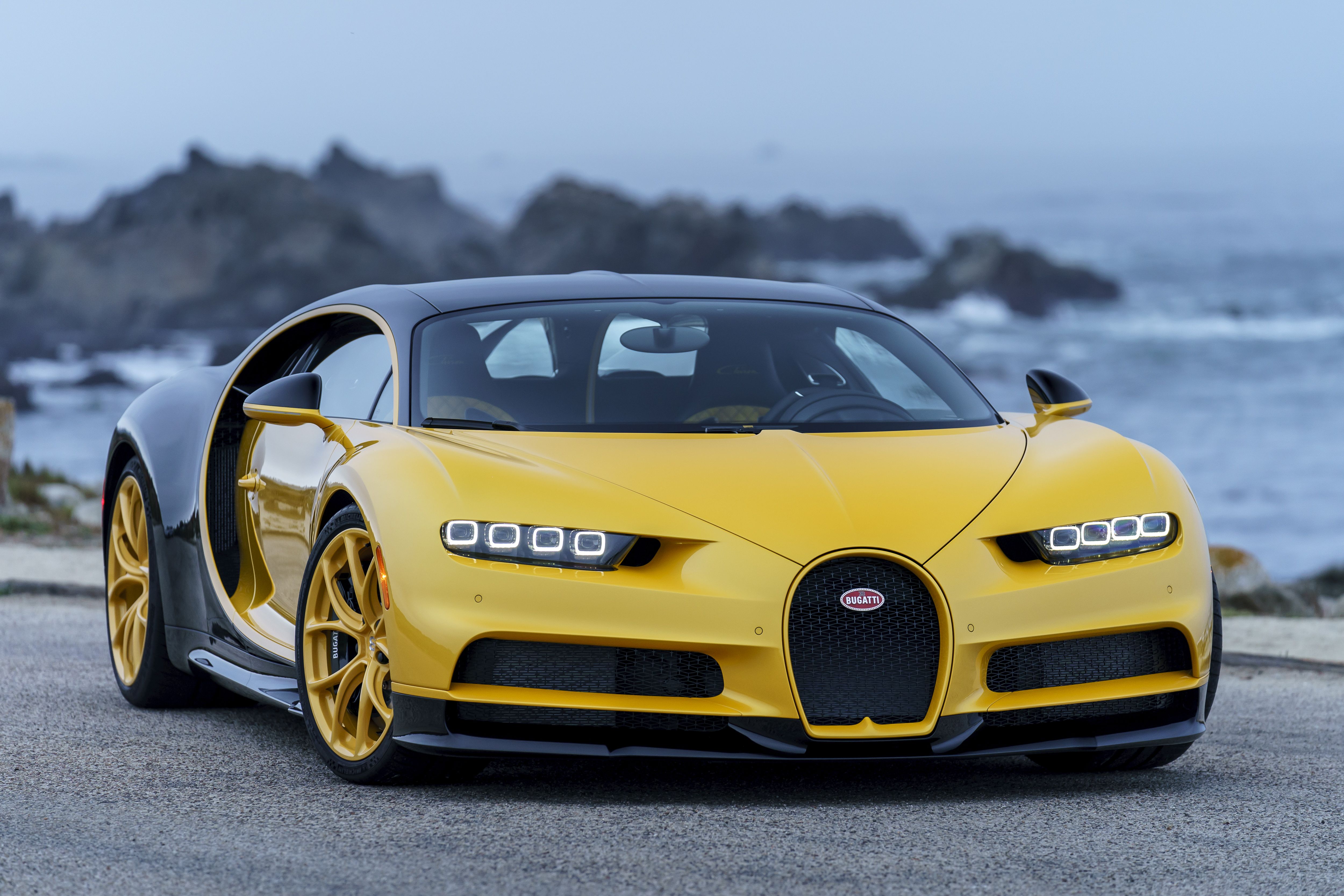Hikari Led Headlight Can Be Fun For Everyone
Table of ContentsWhat Does Hikari Led Headlight Mean?Unknown Facts About Hikari Led HeadlightIndicators on Hikari Led Headlight You Should Know
A headlamp system is required to produce a low and a high beam, which may be produced by several pairs of single-beam lamps or by a set of dual-beam lamps, or a mix of single-beam and dual-beam lights. High beams cast the majority of their light straight ahead, making the most of seeing range however producing too much glare for safe use when other vehicles are present on the roadway.Low beams have stricter control of upward light, and direct many of their light down and either rightward (in right-traffic nations) or leftward (in left-traffic nations), to offer forward presence without excessive glare or backdazzle. Low beam (dipped beam, passing beam, meeting beam) headlamps offer a circulation of light developed to supply forward and lateral lighting, with limitations on light directed towards the eyes of other road users to manage glare.


Most low-beam headlamps are specifically designed for use on just one side of the road. Headlamps for use in left-traffic nations have low-beam headlamps that "dip to the left"; the light is dispersed with a downward/leftward bias to reveal the driver the road and indications ahead without blinding oncoming traffic.

The Definitive Guide for Hikari Led Headlight
Lots of tungsten (pre-halogen) European-code headlamps made in France by Cibi, Marchal, and Ducellier might be adapted to produce either a left- or a right-traffic low beam a knockout post by ways of a two-position bulb holder. Since wrong-side-of-road headlamps blind approaching motorists and do not sufficiently light the motorist's way, and blackout strips and adhesive prismatic lenses lower the safety performance of the headlamps, some nations need all vehicles signed up or used on a long-term or semi-permanent basis within the nation to be geared up with headlamps created for the appropriate traffic-handedness.
Car you could try here headlamps have actually been discovered not able to illuminate an ensured clear distance ahead at speeds above 60 km/h (40 mph). It might be unsafe and, in a few locations, illegal to drive above this speed at night. Some nations require vehicles to be equipped with daytime running lights (DRL) to increase the conspicuity of vehicles in movement throughout the daytime.
In Canada the DRL function needed on lorries made or imported because 1990 can be provided by the headlamps, the fog lights, steady-lit operation of the front turn signals, or by unique daytime running lamps. Functionally devoted daytime running lights not including the headlamps are required on all brand-new cars and trucks first sold in the European Union considering that February 2011.
Japan previously had bespoke lighting policies similar to the US standards, however for the left side of the roadway. Nevertheless, Japan now complies with the ECE standard. The distinctions between the SAE and ECE headlamp requirements are mostly in the amount of glare permitted towards other motorists on low beam (SAE allows far more glare), the minimum amount of light required to be thrown straight down the roadway (SAE requires more), and the particular areas within the beam at which minimum and optimum light levels are defined.
Below the line is intense, and above is dark. On the side of the beam dealing with far from approaching traffic (right in right-traffic nations, left in left-traffic countries), this cutoff sweeps or steps upward to direct light to road signs and pedestrians. SAE low beams might or may not have a cutoff, and if a cutoff exists, it may be of 2 various basic types: VOL, which is conceptually comparable to the ECE beam in that the cutoff is situated at the top of the left side of the beam and aimed a little below horizontal, or VOR, Homepage which has the cutoff at the top of the right side of the beam and focused on the horizon.
Comparative research studies have actually consistently revealed that there is little or no total safety advantage to either SAE or ECE beams; the 2 systems' acceptance and rejection by numerous countries is based primarily on which system is already in usage. In North America, the style, performance and installation of all automobile lighting devices are managed by Federal and Canada Automobile Safety Standard 108, which incorporates SAE technical requirements.
All About Hikari Led Headlight
United States laws required sealed beam headlamps on all vehicles between 1940 and 1983, and other nations such as Japan, UK and Australia likewise made substantial usage of sealed beams. [] In many other countries, and in the US given that 1984, replaceable-bulb headlamps predominate. Headlamps must be kept in proper goal.
In the US, SAE standard headlamps are aimed without regard to headlamp mounting height. This gives vehicles with high-mounted headlamps a seeing range advantage, at the expense of increased glare to drivers in lower cars - hikari led headlight. By contrast, ECE headlamp aim angle is linked to headlamp mounting height, to give all lorries approximately equivalent seeing distance and all chauffeurs roughly equivalent glare.